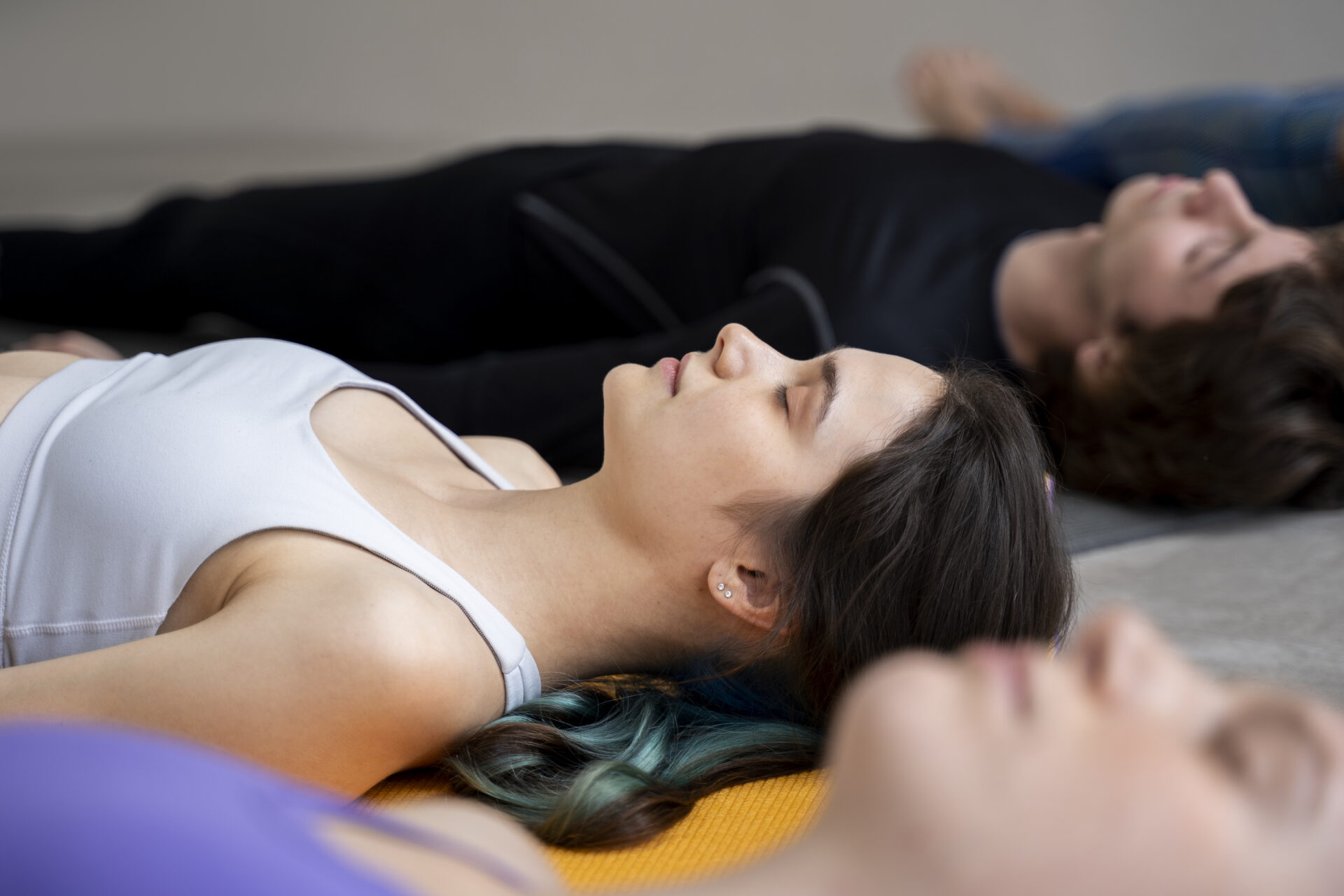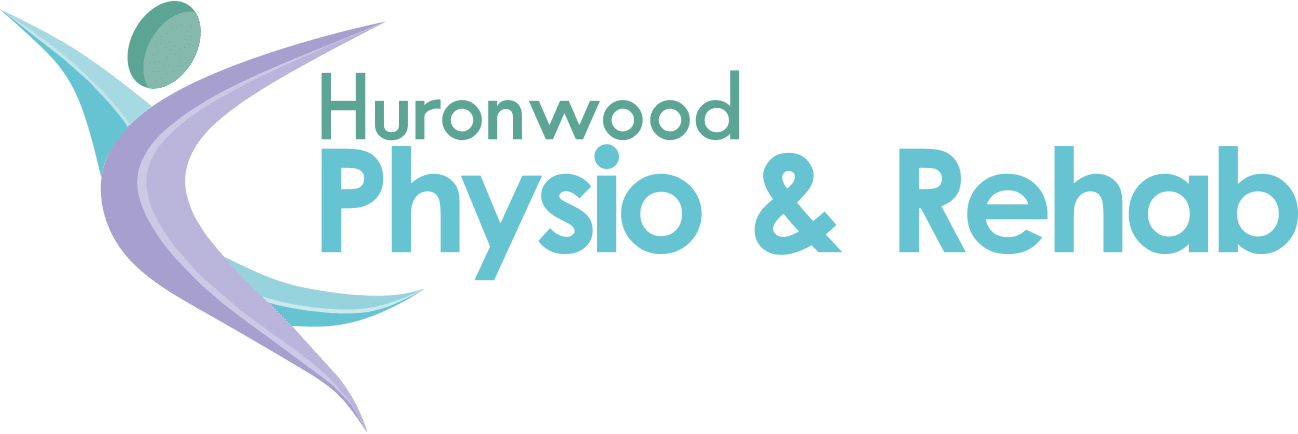
Active release therapy
Active Release Techniques (ART) constitute a specialized approach to alleviating tension within soft tissues. By targeting the elimination of fibrosis and adhesions that can emerge from repetitive strain, ART aims to restore tissue health and functionality. These conditions can often manifest as muscular weakness, numbness, aches, tingling, and burning sensations. While ART is recognized for its potential in diagnosis and treatment, it’s important to note that scientific research on the diverse effects of ART on different pathologies remains limited. The existing evidence primarily consists of anecdotal reports and case studies.
History of ART
The inception and patenting of ART can be attributed to Dr. P. Michael Leahy, DC, CCSP, a skilled Doctor of Chiropractic medicine. Dr. Leahy’s insights stemmed from his observation that patients’ symptoms often correlated with alterations in their soft tissues. Motivated by this, he pioneered a technique centered on addressing the patient’s specific symptoms. His initial research, documented in 1985 as Myofascial Release, eventually led to the patented approach known as Active Release Techniques.
Purpose
ART is employed to address symptoms related to muscles, tendons, ligaments, fascia, and nerves.[6][7] Its framework comprises three key objectives:
- Restoring unrestricted and smooth movement of all soft tissues.
- Releasing trapped nerves, vasculature, and lymphatics.
- Reinstating the optimal texture, resilience, and functionality of soft tissues
Technique
Tissues can undergo detrimental changes due to trauma, leading to issues like swelling, fibrosis, and adhesions. During the treatment process, the practitioner employs manual therapy techniques involving compressive, tensile, and shear forces to address conditions like repetitive strain injuries, cumulative trauma injuries, and persistent pressure tension lesions. By applying deep tension to the tender area, the clinician guides the patient to actively move the affected site from a shortened to an elongated position. Placing a contact point near the affected area and guiding the patient to move in a way that induces a longitudinal sliding motion of soft tissues—such as nerves, ligaments, and muscles—beneath the contact point is a key aspect of the technique.
Effectiveness of ART
A few pilot studies reported the effects of ART on different pathologies. These studies do not have a control group however and the group numbers were small.
ART and adductor strains
The pilot study evaluated the effectiveness of ART to relieve short term pain in the management of adductor muscle strains amongst ice hockey players. Pre and post measurements were significantly improved, demonstrating that ART was effective in increasing the pain pressure threshold in adductor muscle pain sensitivity, although the study was only short term.
ART and hamstring flexibility
The 20 subjects were significantly more flexible after ART treatment, but the small group sample only included young, healthy males which limits its validity to the general population. It was also only a short term study.
ART and carpal tunnel syndrome
This study assessed the effectiveness of ART on the median nerve of 5 subjects who were diagnosed with carpal tunnel syndrome. Both symptom severity and functional status improved after two weeks of treatment intervention. This is a small clinical pilot study which may suggest that ART is an effective management strategy for patients with the carpal tunnel syndrome.
ART and quadriceps inhibition and strength
ART did not reduce inhibition or increase strength in the quadriceps muscles of the 9 athletes with anterior knee pain. Further research is required.
Case reports of ART
A patient with trigger thumb appeared to be relieved of his pain and disability after a treatment programme of Graston Technique and ART. 8 treatments were given over a 4 week period. Range of motion increased with a concomitant decrease in pain by the end of the treatment period.
An athlete with chronic, external coxa saltans became asymptomatic following treatment with ART. The patient reported a pain reduction of 50% after the initial session. After the 4th treatment the pain had resolved, although the non-painful snapping sensation was still present. Upon treatment completion, the snapping sensation had also resolved.
A 51 year old male was treated for epicondylosis lateralis with 6 treatments over a two week period with ART, rehabilitation and therapeutic modalities. At the end of the treatment period there was complete resolution of his symptoms.
An adolescent soccer player presented with tibilais posterior tendinopathy. He was relieved from his pain after 4 treatments over 4 weeks of soft tissue therapy and rehabilitative exercises focusing on the lower limb, specifically the posterior tibialis muscle. He had chronic medial foot pain after striking an opponent’s leg whilst kicking the ball.
Post ART treatment exercises
Once the restrictive adhesions between tissues has been released, post treatment exercises become an essential part of the rehabilitation process to ensure the symptoms do not return.
There are 4 fundamental areas that should be addressed in any exercise program:
- Flexibility: Good flexibility enables muscles and joints to move through their full range of motion. Poor flexibility leads to a higher chance of injury to muscles, tendons, and ligaments. Flexibility is joint specific; a person may have excellent range of motion at one joint, yet be restricted in another. Stretching exercises are only effective if they are executed after the adhesions within the soft tissue have been released. Stretching exercises that are applied prior to the adhesions being released will only stretch the tissues above and below the restrictions. The actual restricted and adhered tissues are seldom stretched, leading to further biomechanical imbalances.
- Strength: Strengthening exercises are most effective after treatment. Attempts to strengthen shortened and contracted muscles may result in further contraction and restriction. This causes the formation of more adhesions and restrictions within the tissues, exacerbating the repetitive injury cycle. This is why the application of generic or non-specific strengthening exercises for RSI seldom works.
- Balance and proprioception: Proprioception describes the body’s ability to react appropriately (through balance and touch) to external forces. Proprioception exercises should begin early in the rehabilitation process. Effective proprioception exercises are designed to restore the kinesthetic awareness of the patient. These exercises form the basis for the agility, strength, and endurance required for complete rehabilitation.
- Cardiovascular: Cardiovascular or aerobic exercises are essential for restoring good circulation and for increasing oxygen delivery to soft tissues. Lack of oxygen and poor circulation is a primary accelerant of repetitive strain injuries.
ART and performance
ART is effective for active people of every level. It can provide patients with a means to enhance their sports performance by identifying and releasing restrictions that reduce their performance in their chosen activity. This typically occurs after the practitioner conducts a biomechanical analysis of the patient’s motion. During the biomechanical analysis and the subsequent treatment, the practitioner:
- Evaluates gait, motion, and posture.
- Identifies the biomechanical dysfunctions that are restricting the performance.
- Locates the soft tissue structures that are the primary cause of the biomechanical dysfunction as well as affected structures throughout the kinetic chain.
- Treats the soft tissue dysfunctions with ART to restore full function to the affected structures.
ART Performance Care is applied after trauma based injuries have resolved. ART Performance Care concentrates upon removing restrictions that inhibit full range of motion, and in restoring full function and performance to affected soft tissues. This process can result in significant increases in sports performance of power, strength, and flexibility.

